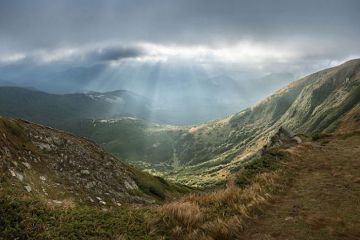The city is situated in the Eastern part of Poltava region and stands on both banks of the Vorskla River. It is one of the biggest industrial and cultural centers of central Ukraine. This is a charming city with massive spiritual heritage, attracting a multitude of travelers from all over the world.
The city is well known by its uncommon fate. It is still unknown when the city was founded, however, the first recollections about the settlement on the territory of the modern Poltava city date back to 11th century. It was named after "Ltava,” the source of the Vorskla River, on picturesque bank of which the city stands. Until the 16th century, Poltava was a part of Grand Duchy of Lithuania, later becoming a part of Poland, and from the 17th century, Russia. The city has had a complicated fate: for centuries, it was pushed into military conflicts.
Read: Best Places to Visit in Kharkiv

Photo: White Belvedere on Ivanova Gora in Poltava
The key event that radically changed Poltava’s (and Europe’s) destiny was the famous Poltava Battle, which took place here in 1709. It settled the outcome of Northern War that had lasted for over 20 years between Sweden and Russia. During the fight, the Russian army (headed by Peter the Great) crushed the troops of Carl XII. The battlefield where the bloody clash has taken the place is now a national reserve. It is the only historical-cultural conservation area in the country that is a part of UNESCO’s International Association of Museums of Arms and Military History. On its territory stands the Museum of the Poltava Battle’s History, which collection numbers over 8,000 unique exhibits.
To learn more about the complex and fascinating history of Poltava region many tourists visit Poltava History Museum. This Museum is one the oldest and biggest museums in Ukraine. Its priceless collection describes the amazing history of Poltava and its periphery; the building that the museum is in is also an interesting example of Ukrainian Art Nouveau.
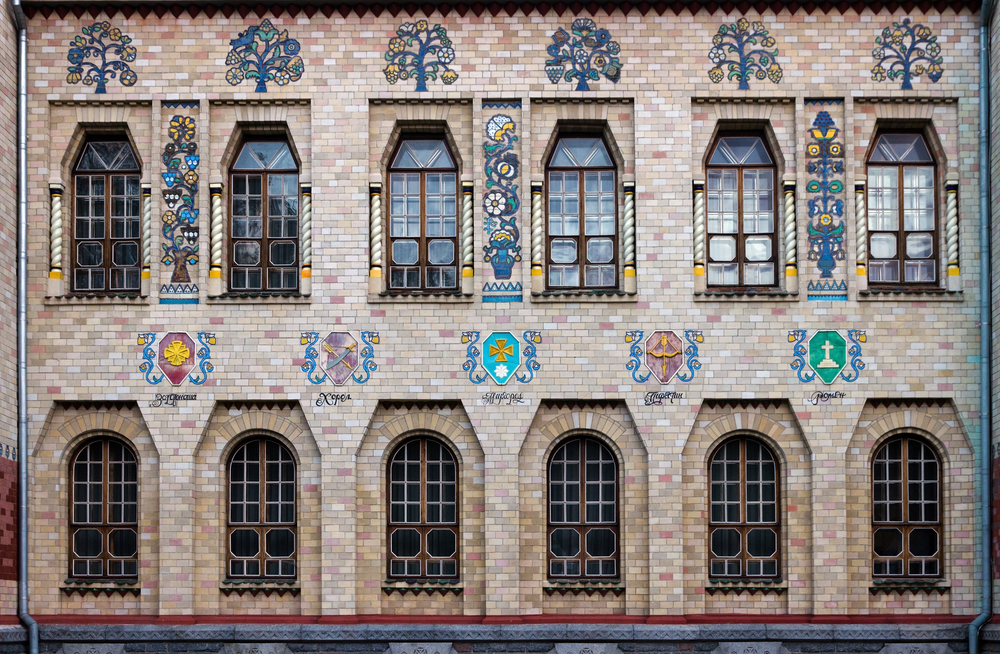
Photo: the building of Poltava History Museum
Another interesting travel destination in Poltava is Ivanova Gora. The Ivanova Gora is a high picturesque hill that towers above the Vorskla River. This is a whole complex of landmarks. The most recognizable structure, decorating the top of the hill, is the elegant White Belvedere that is one of Poltava’s many vivid symbols. Beautiful river vista and the majestic Exaltation of the Cross Monastery, Poltava’s oldest building, open from the place where it is installed. Rotunda is especially beautiful at night, when it glitters with thousands of different shades thanks to hundreds of LED lamps.
Modern Poltava’s region symbol is the monument to Galushka. It is a deep plate with twelve Galushkas (dumplings) and a large spoon, which stands on a pedestal shaped as a wooden tabletop. The monument was opened on the birthday of the most famous native of Poltava region, the eminent writer Nikolai Gogol, who immortalized this cult Ukrainian dish in his works. Annually the Galushka food festival takes place near the monument offering an array of dumplings and other traditional Ukrainian dishes.
Among other most visited Poltava attractions are the luxurious building of the Assumption Cathedral that stands on top of Ivanova Gora (Ivanova Mauntain) and the Museum-Mansion of the classical Ukrainian writer Ivan Kotliarevsky. It is in his honor that the mount was called.
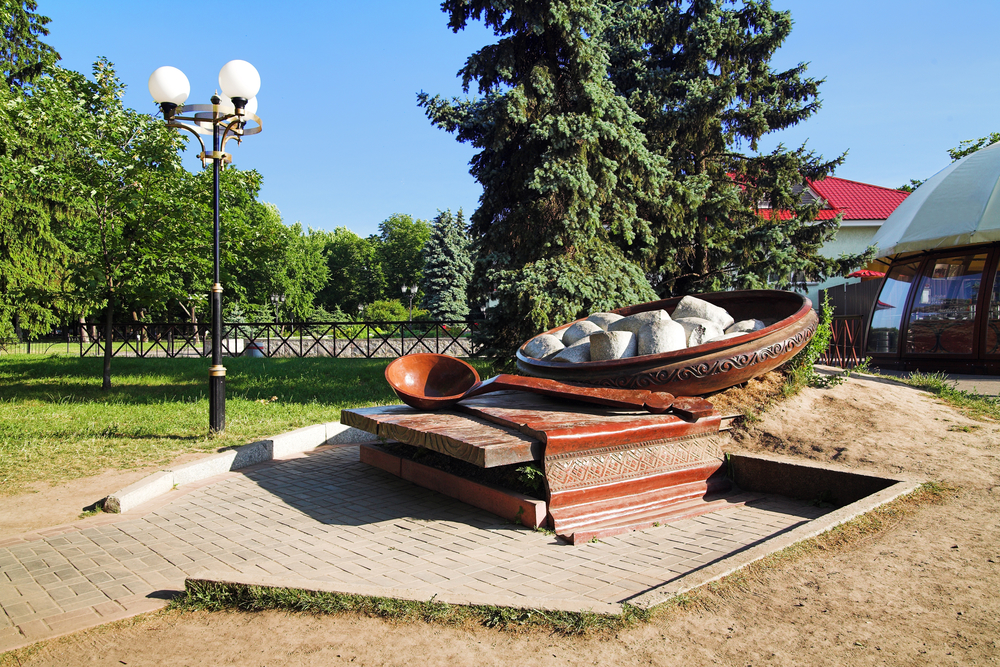
Photo: monument to Galushka (dumplings) in the city center of Poltava
Most travelers who come to visit Poltava region can’t miss the legendary farm near Dykanka village and the most renowned of Ukraine’s fairs, Velyki Sorochyntsi. Poltava region with its natural beauty and amazing surroundings had a particularly strong effect on the most famous of Ukrainian writers such as Ivan Kotlyarevsky and Mykola Gogol. The former described the city in his novellas a lot, which contributed to the modern popularity of the region among the tourists.
Dykanka village is a great sample of how such a great number of natural, architectural, and historical riches can fit in a relatively small space. This village is one of the most picturesque corners of not only the eastern region, but of entire Ukraine! For centuries, its fabulous sceneries, forests, and historical monuments delighted and inspired a number of poets, writers, and artists. Dykanka offers a perfect opportunity to relive the life of an authentic Ukrainian village. Among most visited landmarks of the village are: Classicist Nikolai's Church, baroque Trinity Church, beautiful lilac grove, architectural complex ‘Evenings On a Farm Near Dykanka’.
Dykanka is located 25 km away from Poltava. The buses go daily, every half hour from Poltava central bus station.
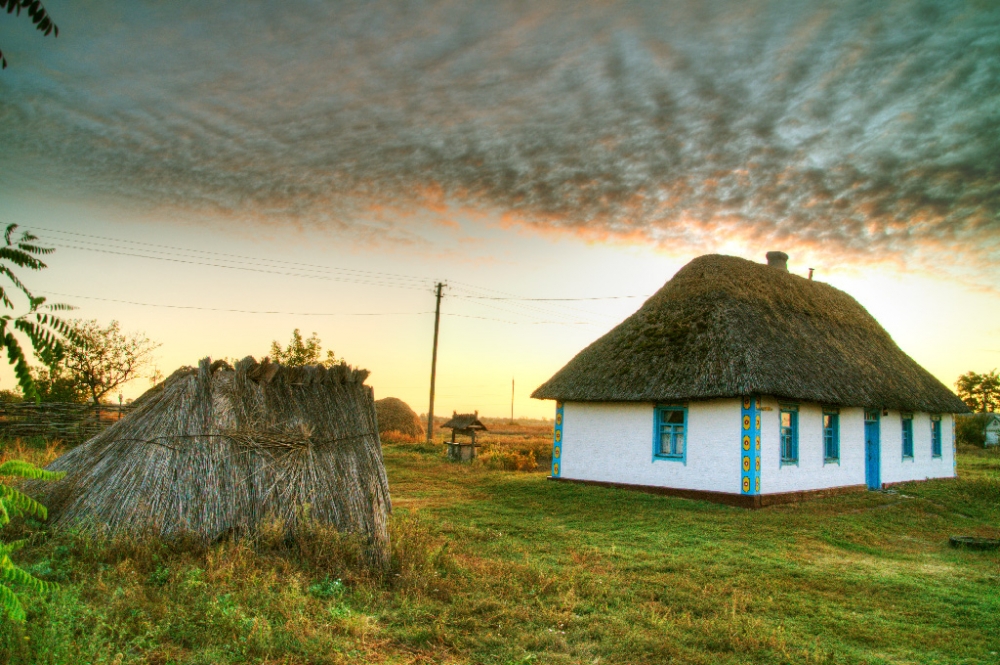
Myrhorod town, spread on the banks of Khorol River, is one of the most admirable treasures in Poltava region. This is a calm and tranquil town which is a great place to discover the life, history, and bright traditions of the central Ukraine. This is also one of the most ancient towns in Ukraine as well as a top-notch balneotherapeutic resort. Most interesting tourist attraction of Myrhorod are small pond in the center of the town known as «Myrhorod Puddle», sculpture park located near the pond, the Dormitory Church, which is considered to be the oldest surviving building in the city; the Museum of Pottery. Myrhorod is located 100 km away from Poltava. You can get there by bus or on the electric train.
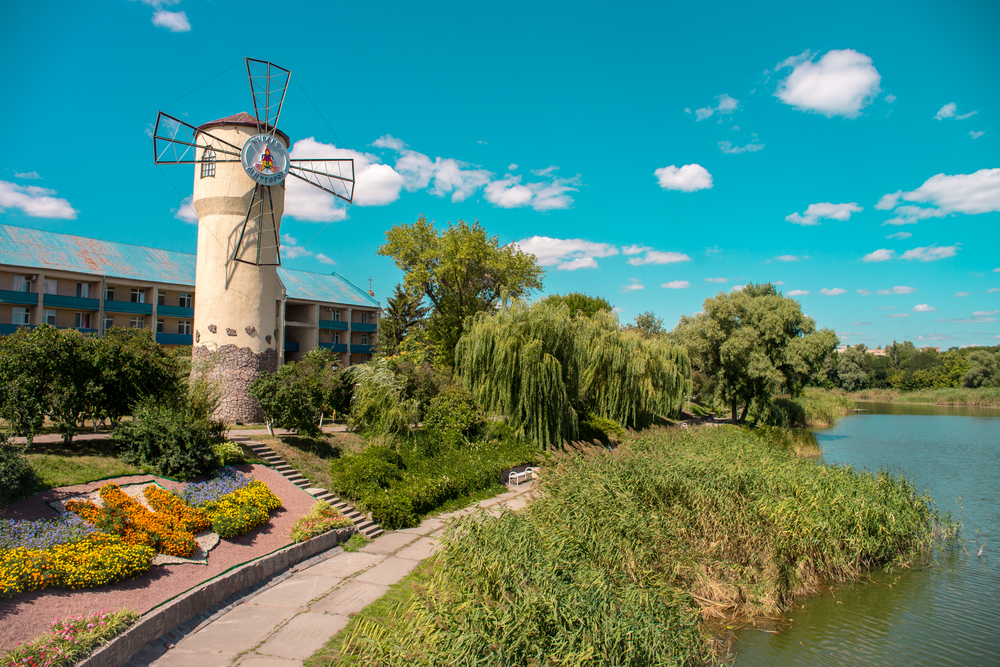
Berezova Tudka village in Polava region also attracts many visitors. The family estate of the last Ukrainian hetman Ivan Skoropadsky is located in the village. It is also known as place that Ukrainian poet Taras Shevchenko used to visit a lot, as his friend Eugene Zakrevsky owned an estate here. Many curious tourists visit the family script of Zakrevsky family as it is designed as an Egyptian pyramid (rather surprising architectural solution for the 19th century Central Ukraine).
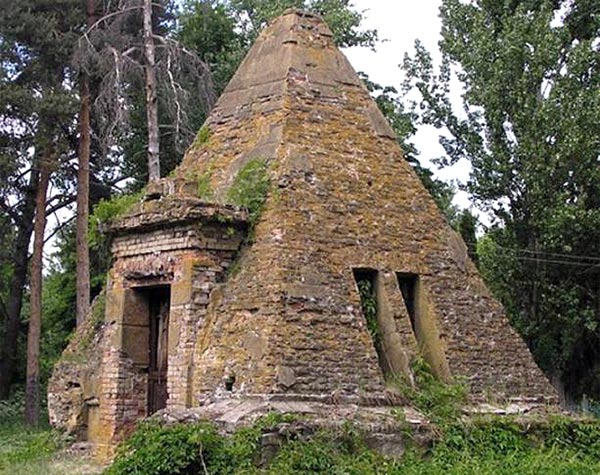
Read: Places to Visit in Vinnytsia
Poltava region is considered to be a jewel of the eastern Ukraine with many travel destinations to visit. Discovering this eclectic region of Ukraine will give a better insight to Ukraine’s history and culture.
Photo source: depositphotos.com

